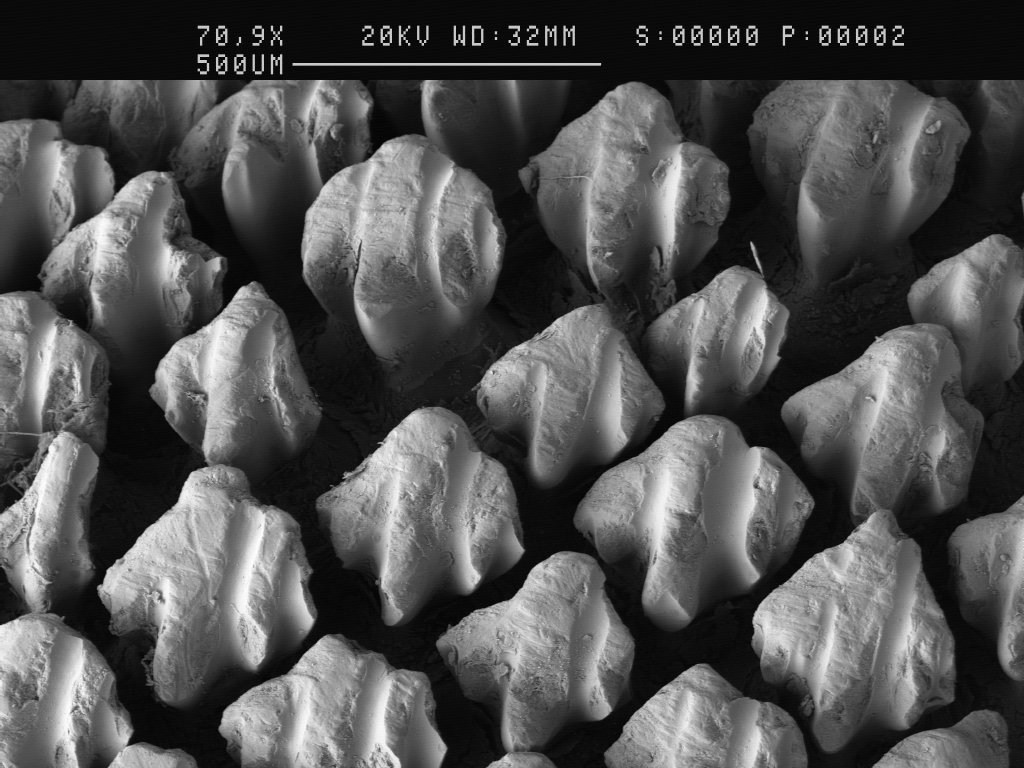Whale Shark, Rhincodon typus (Smith, 1828)
Introduction
The Whale Shark is the largest of all fishes and is found in tropical and warm temperate waters. It is a slow moving shark that feeds on small crustaceans, squid and fishes from the water using filtering screens on its gills.
It can be easily recognised by size and colour pattern. The back and sides are blue to blackish with white stripes and blotches. The ventral surface is whitish.
The species has prominent ridges on the sides of the body with the lowermost ridge expanding into a keel on the caudal peduncle.
What do Whale Sharks look like?
3D interactive model of a Whale Shark
3D Model made by cdmstudio.com.au
Identification
It can be easily recognised by size and colour pattern. The back and sides are blue to blackish with white stripes and blotches. The ventral surface is whitish.
The species has prominent ridges on the sides of the body with the lowermost ridge expanding into a keel on the caudal peduncle.
Where do Whale Sharks live?
Habitat
The Whale Shark is a pelagic species that occurs in continental shelf and offshore waters in both tropical and warm temperate waters of all oceans, except for the Mediterranean.

© CC BY-NC 4.0
Distribution
In Australia it is known primarily from northern Western Australia, the Northern Territory and Queensland. It is also recorded from scattered localities in New South Wales, Victoria and the western Great Australian Bight.
The map below shows the Australian distribution of the species based on public sightings and specimens in Australian Museums.
What do Whale Sharks eat and what are their predators?
Feeding and diet
There are about 300 tiny, hooked teeth in both jaws. Whale Sharks feed by filtering small crustaceans, squid and fishes from the water using filtering screens on the gills. The species usually feeds by swimming with the huge mouth open, however it can also feed by hanging vertically in the water and opening its mouth to allow water to rush in.
Whale Sharks follow migratory patterns that may be related to the presence of their prey.

Teeth from a Whale Shark that was washed up on the beach "2 miles south of the cemetery, Anna Bay, New South Wales, April 1964.
Image: Stuart Humphreys© Australian Museum
Prey and predators
Moore and Newbrey (2015) reported that the vertebrae of a Whale Shark were found in the stomach of a 4.5 m long White Shark. It is unknown whether the Whale Shark was alive or dead when it was eaten.

Whale Shark Scales. Scanning electron micrograph of the scales of a Whale Shark from the Australia Museum Fish Collection (AMS IB.7314).
Image: S. Lindsay© Australian Museum
Are Whale Sharks dangerous?
Danger to humans
Despite its huge size, the Whale Shark is not a threat to people.
Sharks online publication
Delve into the world of Sharks and explore the digital publication with videos and extra content from the exhibition. Hear from First Nations peoples, scientists and conservationists as they share their stories about these ancient survivors.
Explore nowReferences
- Last, P.R. & J.D. Stevens. 1994 Sharks and Rays of Australia. CSIRO. Pp. 513.
- Moore, G.I. & M.G. Newbrey, 2015. Whale shark on white shark's menu. Mar. Biodiv. DOI 10.1007/s12526-015-0430-9.
- Paxton, J.R., D.F. Hoese, G.R. Allen & J.E. Hanley. 1989. Zoological Catalogue of Australia Vol.7 Pisces Petromyzontidae to Carangidae. Canberra: Australian Biological Resources Survey. Pp. i-xii, 1-665. Randall, J.E.,
- Allen, G.R. & R.C. Steene. 1997. Fishes of the Great Barrier Reef and Coral Sea. Crawford House Press. Pp. 557.


